By May 1944 the 2nd (Independent) Parachute Brigade had been withdrawn from the ‘line’ near the Cassino sector and been placed in reserve at Portecagnano and Filignano near Salerno.
By this time the Germans were in the process of withdrawing to a line between Pisa and Rimini, closely followed by 5th U.S. Army and the 8th (British) Army, the latter now commanded by General Sir Oliver Leese, Bt. As they withdrew, the Germans attempted to delay the Allies by blowing roads, bridges and other key points along the Allied axis of advance. General Leese decided to prevent the Germans from carrying out such measures by harassing them during their withdrawal along the route from Sora to Avezanno.
The 2nd (Independent) Parachute Brigade Group was detailed to provide one battalion for this task, which would take place on the night of 1 – 2 June. However, Brigadier Pritchard was of the opinion that the operation, codenamed ‘HASTY’, did not justify the commitment of a complete battalion, and it was subsequently agreed that a smaller body would suffice. The 6th (Royal Welch) Parachute Battalion was allotted the task, and a force of 60 men, including signallers and a detachment of the 127th Parachute Field Ambulance, was assembled under the command of Captain L.A. Fitzroy-Smith.
At 1900 hours on 1 June Captain Fitzroy-Smith and his men took off in three Dakota aircraft, followed by eight more aircraft carrying dummies, which would also be dropped to give the impression of a larger force. At 2030 hours the force carried out a successful drop near Torricella, and by 2100 hours had rallied at its rendezvous, having suffered only one casualty, a man with a broken rib. Shortly afterwards radio contact was established with the 2nd New Zealand Division and Captain Fitzroy-Smith requested that a supply drop should proceed as planned. After establishing a base, Captain Fitzroy-Smith divided his force into three groups; one under himself, and one each under the command of Lieutenant F.T. Ashby and Second Lieutenant J. Evans.
For the remainder of the week these groups harried the Germans where and whenever they could and with a certain degree of success. In doing so, however, they incurred casualties which included the detachment of signallers, who were captured. Moreover, contact with 2nd New Zealand Division was lost when the single remaining radio became inoperable and the force’s carrier pigeons failed to reach their home destination.
By 7 June it had been decided to withdraw Captain Fitzroy-Smith and his remaining men, but there was no way of communicating with them. The problem was solved by Brigadier Pritchard, who arranged for leaflets bearing the cryptic message “PROCEED AWDRY FORTHWITH” to be dropped over the area. While this puzzled the enemy, Captain Fitzroy-Smith and his men were well aware that Captain John Awdry, another officer in the 6th (Royal Welch) Parachute Battalion, was acting as a liaison officer with 2nd New Zealand Division. Accordingly, they made their way back to Allied lines in small groups.
Although almost two-thirds of the force had been lost and little physical damage had been caused to the enemy, the operation achieved a certain amount of success in that it caused the Germans, who believed that a much larger number of troops had been dropped, to deploy forces to counter it. The use of dummies proved highly effective, increasing nervousness among the enemy of further possible airborne operations in their rear areas.
Complied by Bob Hilton from "Para, Fifty Years of The Parachute Regiment", by Peter Harclerode
Source: Complied by Bob Hilton from "Para, Fifty Years of The Parachute Regiment", by Peter Harclerode
Read More
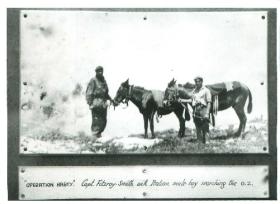
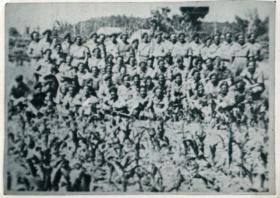
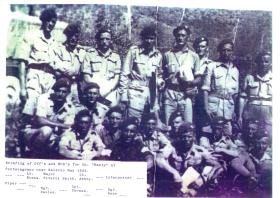
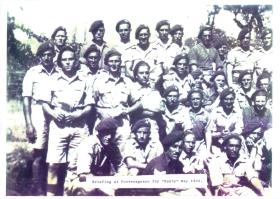
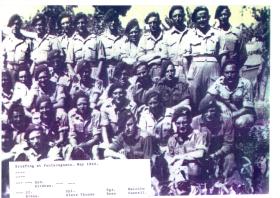
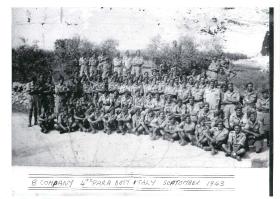
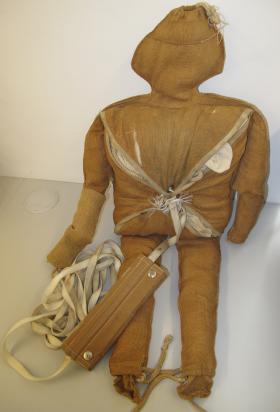
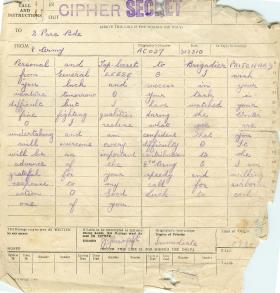
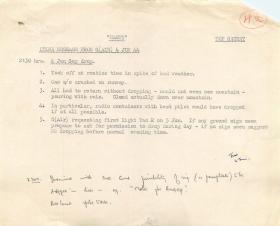
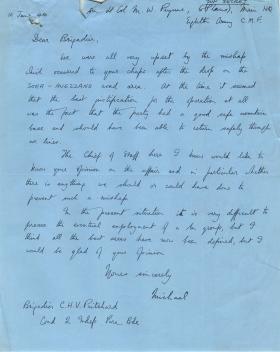
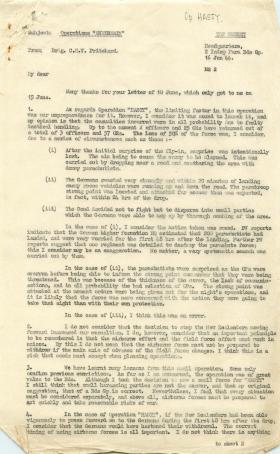
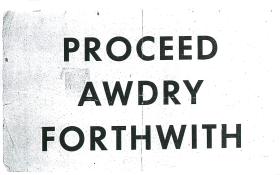
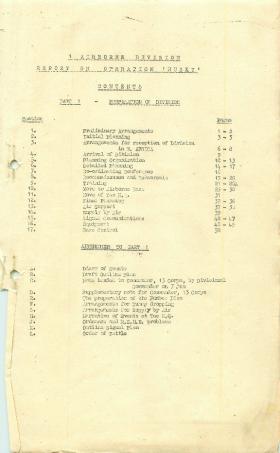
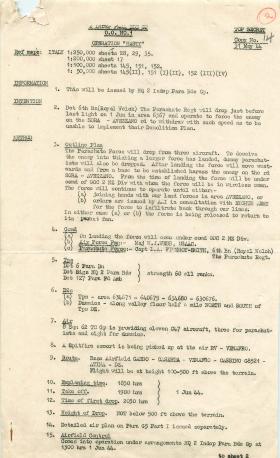
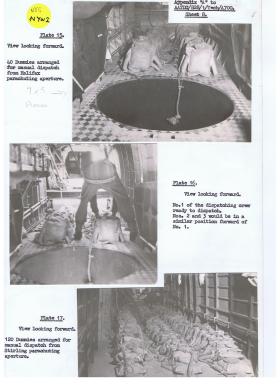




Latest Comments
There are currently no comments for this content.
Add Comment
In order to add comments you must be registered with ParaData.
If you are currently a ParaData member please login.
If you are not currently a ParaData member but wish to get involved please register.